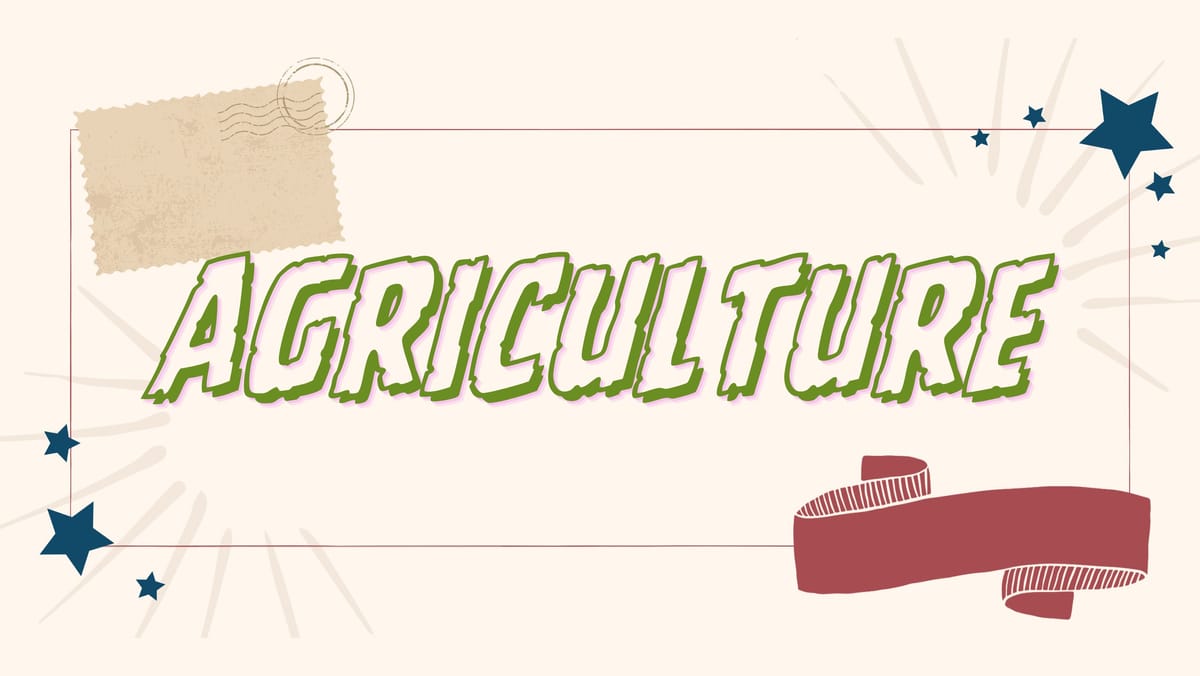AGRICULTURE


Based on the policies from Project 2025, the next presidency of Donald Trump, if he is re-elected, could significantly reshape U.S. agricultural and nutrition policies. Here are some key points and differences compared to his past presidency:
Key Agricultural Policy Shifts:
1. Defending Traditional Agriculture:
• There is an emphasis on defending American agricultural practices, especially promoting food affordability through efficiency. This contrasts with any climate-focused or sustainability-driven policies from recent years. In his previous term, Trump’s administration promoted deregulation, but this new plan stresses opposition to “climate-smart” agriculture, which could mean rolling back any progress made toward environmentally sustainable farming during the Biden administration.
2. Separation of Agriculture and Nutrition:
• Moving nutrition programs from USDA to the Department of Health and Human Services would be a significant administrative shift. This would reflect a greater focus on distinguishing agricultural policy from welfare and nutrition, unlike the current combined structure under the USDA, which integrates both.
3. Repealing or Reforming Programs:
• Trump’s future administration would aim to repeal or substantially reduce programs like the Conservation Reserve Program (CRP), the sugar program, and farm safety net programs like ARC (Agricultural Risk Coverage) and PLC (Price Loss Coverage). This marks a more aggressive approach compared to his earlier administration, which did not actively repeal these programs.
4. Re-Evaluation of Regulations:
• The policy suggests a re-evaluation of various regulations, including wetland compliance, meat inspection, and trade barriers related to biotechnology. In contrast to his previous term, where the emphasis was on trade deals (e.g., USMCA), this time the focus seems more inward on regulatory reform and domestic production efficiency.
5. Legislative Push:
• The policy includes a broad push for legislative action to remove barriers such as federal labeling mandates and marketing orders, which was less of a focus during Trump’s first term. Previously, there was more emphasis on international trade and less on domestic regulatory issues like these.
6. Nutrition Program Reforms:
• In the new proposals, nutrition programs would undergo substantial changes, such as restoring work requirements and tightening eligibility for food assistance programs. These changes go beyond what Trump implemented in his first term, showing a more stringent stance on welfare reform.
New Approaches Compared to His Previous Term:
• Farm Bill Revisions: Trump’s past presidency maintained support for the Farm Bill and its combined structure of agricultural and nutrition provisions. Under the Project 2025 policy, his next administration would advocate for separating agriculture from nutrition, reducing overlap in federal programs.
• Regulatory Focus: The previous term focused heavily on trade and deregulation. The new approach continues deregulation but introduces stronger measures against climate-focused policies and regulations seen as burdensome, such as environmental protections for wetlands and wildlife.
• Nutrition Policy: Unlike the earlier presidency, which did not substantially change food assistance programs, the new plan outlines reforms to these programs, emphasizing work requirements and efficiency in delivery systems.
In summary, a second Trump presidency could see more aggressive moves to deregulate, reform existing agricultural and nutrition policies, and reduce the federal government’s role in shaping food and farming through environmental and nutritional guidelines. This would be a notable shift compared to his previous presidency, with more focus on legislative changes and restructuring federal programs.